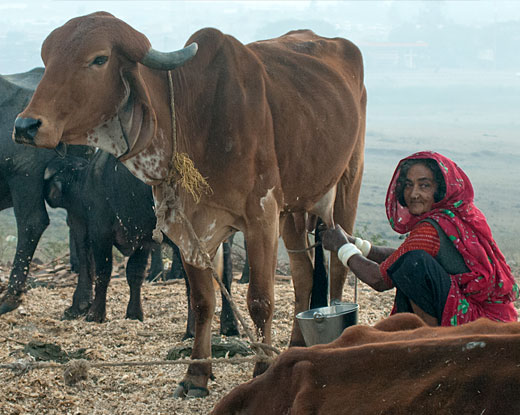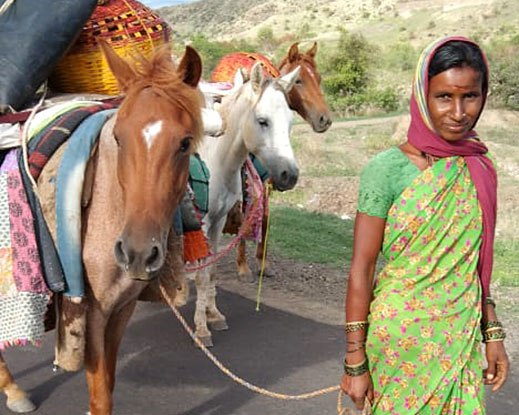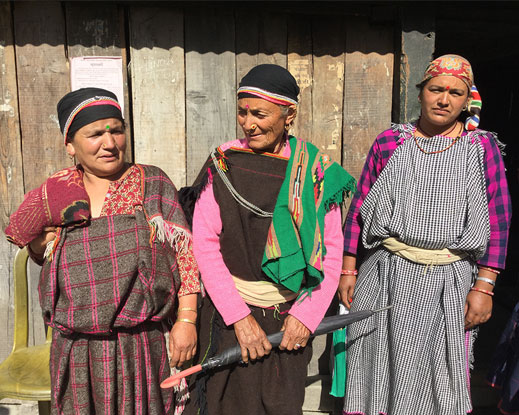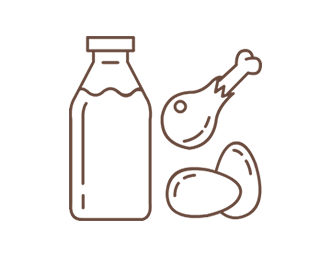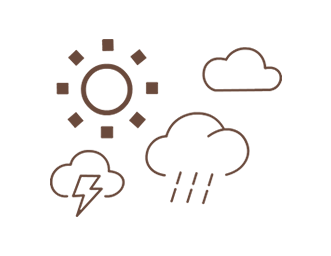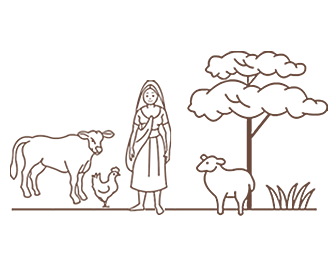Gender and Livestock

The multifarious roles of women and girls in livestock rearing have historically been invisible and neglected in agricultural and veterinary research, in extension work, and in policy.

The multifarious roles of women and girls in livestock rearing have historically been invisible and neglected in agricultural and veterinary research, in extension work, and in policy. Through our work over several years we have realised that a lot more work needs to be done to build a deeper understanding of gender in livestock production systems.
Some of the issues that need addressing are to do with ownership of livestock assets.In several livestock keeping societies women do not own stock. If they do, they own small stock such as small ruminants, poultry or pigs. In several regions they do not have access to grazing rights, grazing resources, knowledge, information, markets etc. These issues need to be addressed. This is especially so today because of the rapid process of feminisation of agriculture that puts a greater burden of care and responsibility on women farmers and livestock keepers, as the men migrate in search of jobs, or move into other occupations.
We also realise that women’s ability to participate at all levels of the livestock production process needs to be strengthened. This will be possible only if women are supported to articulate their roles, knowledge and practices, as livestock keepers, as livestock service providers, practitioners, researchers and and policy makers . Despite more women entering the veterinary and animal care professions at different levels, decision-making spaces continue to be male-dominated, This needs to change.






